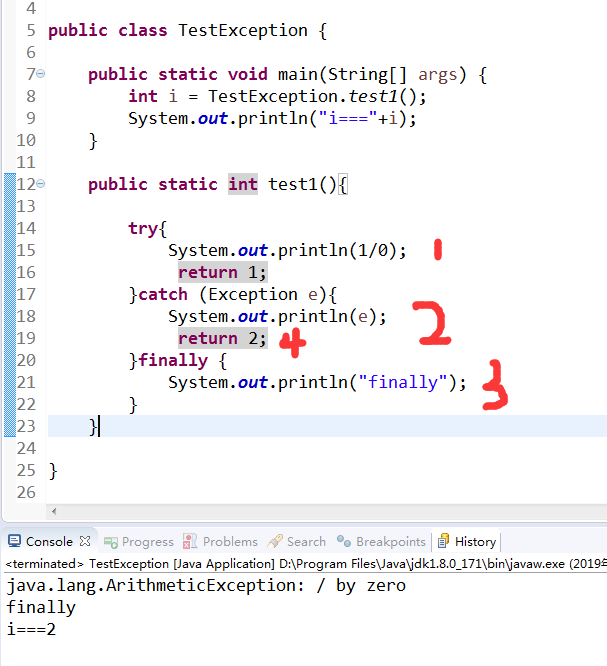java 异常机制
实践:
1.通过try catch捕获异常,可以给调用者友好提示
例如controller里面遇到异常,如果不抛出就会出现500错误给浏览器。如果在controller中捕获异常,那么就可以友好的提示了,例如:

1 /** 2 * 通用下载请求 3 * 4 * @param fileName 文件名称 5 * @param delete 是否删除 6 */ 7 @GetMapping("common/download") 8 public void fileDownload(String fileName, Boolean delete, HttpServletResponse response, HttpServletRequest request) 9 { 10 try 11 { 12 if (!FileUtils.isValidFilename(fileName)) 13 { 14 throw new Exception(StringUtils.format("文件名称({})非法,不允许下载。 ", fileName)); 15 } 16 String realFileName = System.currentTimeMillis() + fileName.substring(fileName.indexOf("_") + 1); 17 String filePath = Global.getDownloadPath() + fileName; 18 19 response.setCharacterEncoding("utf-8"); 20 response.setContentType("multipart/form-data"); 21 response.setHeader("Content-Disposition", 22 "attachment;fileName=" + FileUtils.setFileDownloadHeader(request, realFileName)); 23 FileUtils.writeBytes(filePath, response.getOutputStream()); 24 if (delete) 25 { 26 FileUtils.deleteFile(filePath); 27 } 28 } 29 catch (Exception e) 30 { 31 log.error("下载文件失败", e); 32 } 33 }
2.如果自己不能处理,可以抛出异常,
java 关键字
try、catch、throw、throws 和 finally
try catch :语句用于捕获并处理异常
finally: 语句用于在任何情况下(除特殊情况外)都必须执行的代码---- 此关键字,笔试题的时候,经常遇到。debug会发现,先运行finally里面的代码,然后执行return方法 https://blog.csdn.net/jdfk423/article/details/80406297
throw: 语句用于拋出异常
throws: 语句用于声明可能会出现的异常。








 浙公网安备 33010602011771号
浙公网安备 33010602011771号